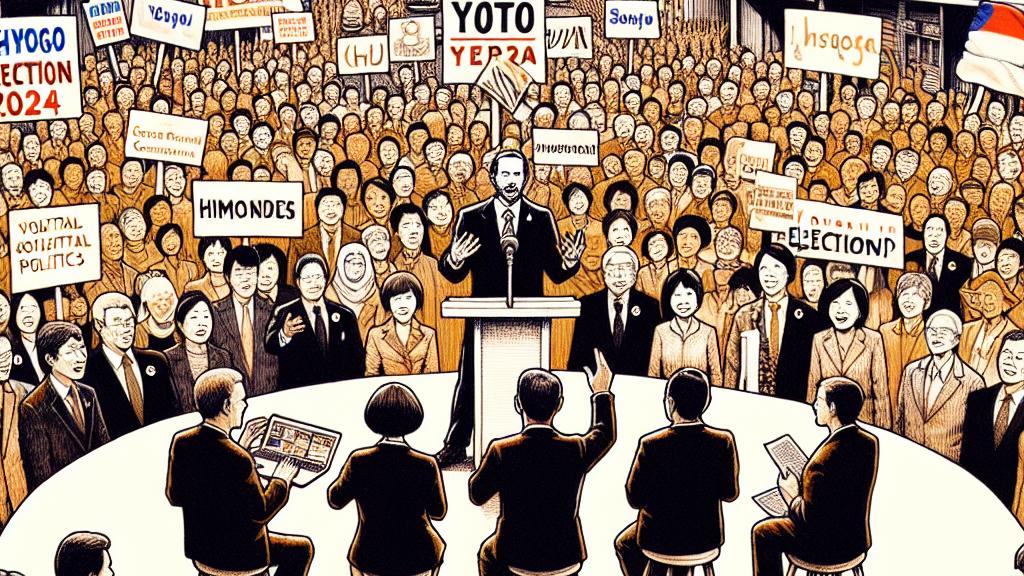Impact of YouTube on Hyogo Governor Elections
Overview
- The 2024 Hyogo Governor election represented a groundbreaking shift, propelled by the significant influence of social media on voter engagement.
- Candidates, particularly Motohiko Saito, utilized YouTube creatively, thereby redefining the landscape of modern political campaigning.
- Grassroots movements flourished, reflecting a critical transformation in how candidates connect with constituents in this digital age.

A Momentous Shift in Hyogo's Political Landscape
The Hyogo gubernatorial election on November 17, 2024, was not merely an electoral exercise; it symbolized a critical juncture in Japanese politics. Former Governor Motohiko Saito, who had been ousted due to a no-confidence vote earlier in the year, made a striking comeback that captured the attention of the entire nation. What made this election particularly fascinating was the integration of established political tactics with innovative digital strategies. Candidates weren't just rallying supporters at town halls; they were blending these efforts with vibrant online campaigns. Picture the excitement in the air as thousands gathered at local events, only to later engage with candidates’ broadcasts on platforms like YouTube, creating layers of connection that empowered voters to feel more invested in the electoral process.
YouTube: The Game Changer in Political Campaigning
Within this dynamic electoral framework, YouTube emerged as an undeniable game changer. Motohiko Saito's campaign masterfully capitalized on the platform's reach, garnering an impressive following that dwarfed his top rival, Kazumi Inamura. Saito's YouTube content was fresh and captivating—think heartfelt testimonials from everyday citizens, live Q&A sessions where he candidly responded to voter concerns, and short, engaging clips that highlighted his vision for Hyogo. For instance, during a live stream, Saito not only addressed pressing issues but also shared personal anecdotes that revealed his commitment to the community, further bridging the gap between leader and constituents. This strategic use of digital media did more than just boost his visibility; it created a vibrant online community where supporters rallied and engaged in constructive discussions, emphasizing the importance of transparency and connection in political dialogue.
Grassroots Movements: Redefining Voter Engagement
As the election progressed, grassroots movements swelled, particularly among younger voters who began rejecting traditional media narratives in favor of authentic, direct communication through social media. This generational shift was epitomized by a popular YouTuber who passionately advocated for Saito, creating compelling content that resonated with viewers and mobilized support. Imagine videos that combined humor with heartfelt appeals to political engagement—these were powerful pieces that urged reluctant voters to get involved. Comments from young viewers poured in, sharing how they were inspired to cast their votes after watching Saito’s relatable interactions online. Indeed, this election illustrated a transformative moment in campaign strategies, where digital platforms served not merely as tools for advertisement, but as genuine channels for dialogue and connection. Saito’s success was not merely personal; it reflected a broader change in how candidates engage with their audience—authentically, energetically, and effectively.

Loading...